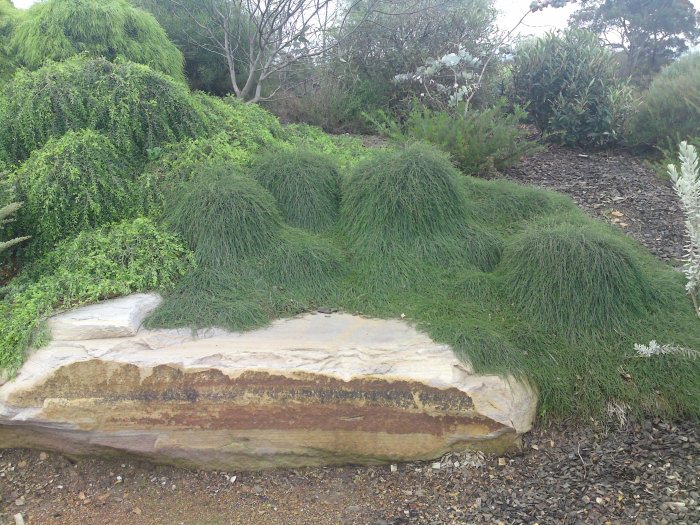
Casuarina glauca 'Cousin It' thriving on a
rock that provides extra warmth during winter
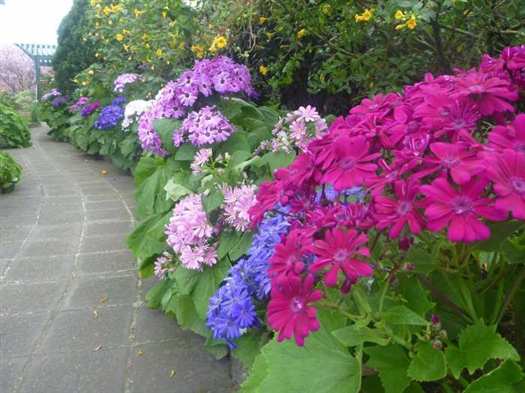
A north facing bed (in the southern hemisphere)
is perfect for creating the sunny environment
these annual daisies require to give their best display
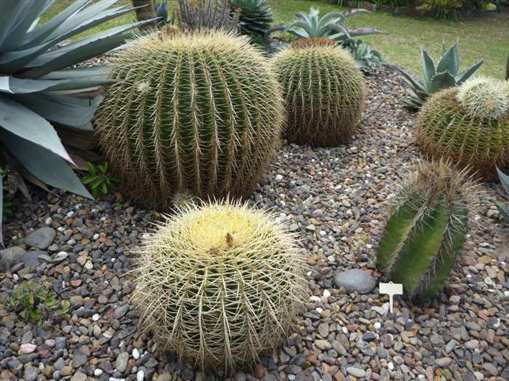
A bed of cacti with gravel mulch will have
the lower humidity they need to thrive, even
in climates with moderate moisture levels.
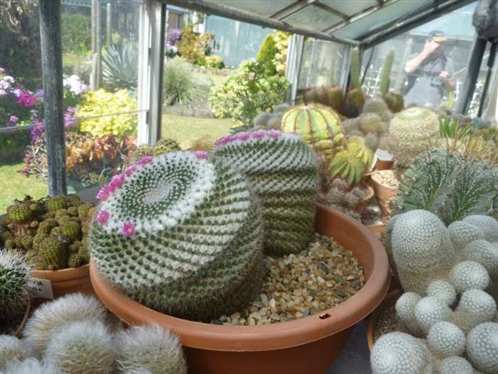
A greenhouse provides the means to create
a dry environment for these stunning cacti.
A microclimate is a small zone where the climate differs from that of the general area around it. Your whole garden may be a microclimate that allows you to grow plants that would not thrive on the other side of the street. On the other hand, most individual gardens will also have little pockets within them that create microclimates. Microclimates are created in various ways, often unintentional, but also by careful design. These can be broken down as follows:
Temperature
Stone and brickwork will absorb heat and radiate it back into the surrounding area, causing the temperature near them to be a few degrees warmer. This can help us mitigate the effects of frost in particular. However, warmth created by rocks can also be used to grow plants from climates hotter than your own, such as desert plants. Courtyards therefore tend to be good places to grow plants that prefer warmer conditions due to their enclosure from the elements.
Light
A north-facing slope in the southern hemisphere will be exposed to full sunlight throughout the day and thus be a better microclimate for growing many flowering plants that require full sun to create the best possible display. Conversely, the shade experienced for most of the day on south facing slopes or areas behind walls or fences are great places to grow plants such as ferns or other shade-loving foliage plants.
Humidity.
The presence or absence of moisture in the air can be a critical determinant of what plants will grow in a specific part of your garden. Bodies of water or marshy areas will elevate the humidity to suit water plants and the like. Also, areas of the garden where there is less airflow will tend to be more humid and would better suit rainforest plants. On the other hand exposed, rocky areas that lack free water anywhere will tend to have much lower humidity and will suit plants from drier climates such as cacti.
Rainfall. A sheltered position may receive less direct rainfall, which will have an obvious influence on plant growth. One of the best ways to regulate rainfall is by growing plants in protected environments such as shadehouses or greenhouses or by using temporary coverings.
Close acquaintance with your garden is probably the best way to identify microclimates. Why not grab a sun hat, a cool drink and your orange banana lounge and spend a day moving around your yard? As you go, note down microclimatic influences such as wind tunnels or variations in light at different hours and seasons.
Aside from the microclimates that form in your garden as an inevitable result of building and planting activities, you can create your own microclimates by various means. Rockeries and water features, for example, can form niches where you can grow those ‘must have’ plants that would otherwise struggle or die. Don't be scared to transplant a sulking specimen to a different part of the garden where you’ve identified a different microclimate. I have seen some astonishing variations in the performance of different specimens of the same cultivar or species in different spots within my own garden.
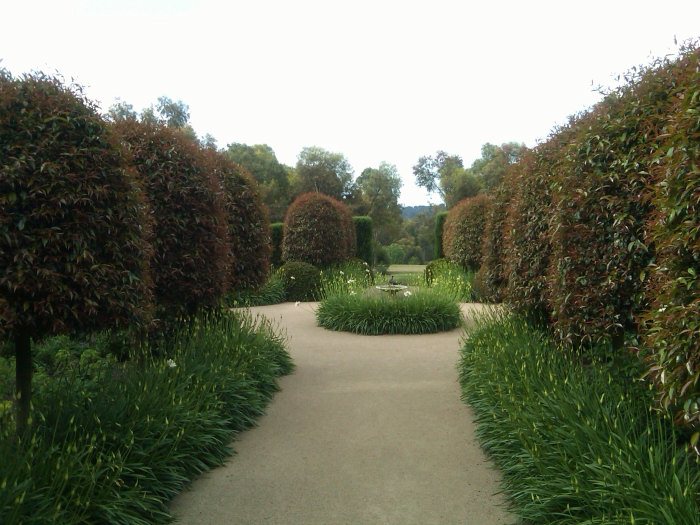
Hedges can be used to create wind breaks or shelter from frost.
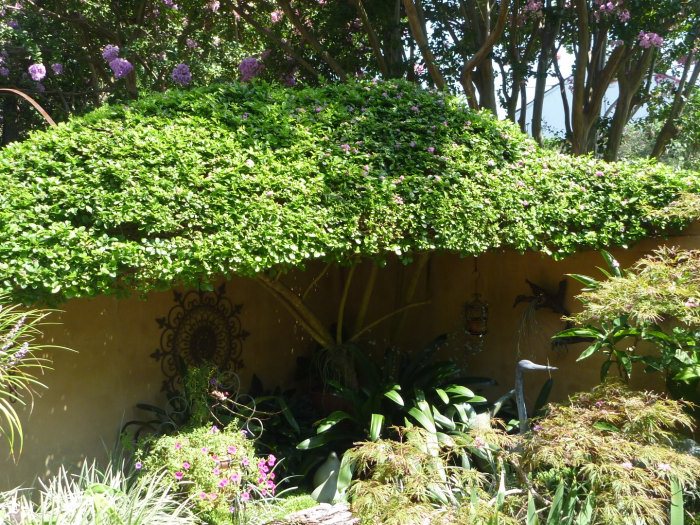
A Duranta plant makes an intriguing topiary
specimen grown against a wall that provides warmth in winter and stops the wind.
About the author
Angus Stewart is the author of several horticutural books including "Creating an Australian Garden". Angus also appears regularly on Australian television and radio shows. Angus's website is called "Gardening with Angus".
